Inverter
Phase synchronization for parallel Deye-SunGrow inverters
Phase Synchronization for Parallel Deye/SunGrow Inverters
In the realm of renewable energy, particularly in photovoltaic (PV) systems, inverters play a crucial role in converting the direct current (DC) power generated by solar panels into alternating current (AC) power that can be used in homes, businesses, and the grid. When multiple inverters are used in parallel, ensuring their proper synchronization is essential for the efficient and stable operation of the PV system. This article delves into the concept of phase synchronization for parallel Deye/SunGrow inverters, exploring its importance, challenges, and solutions.
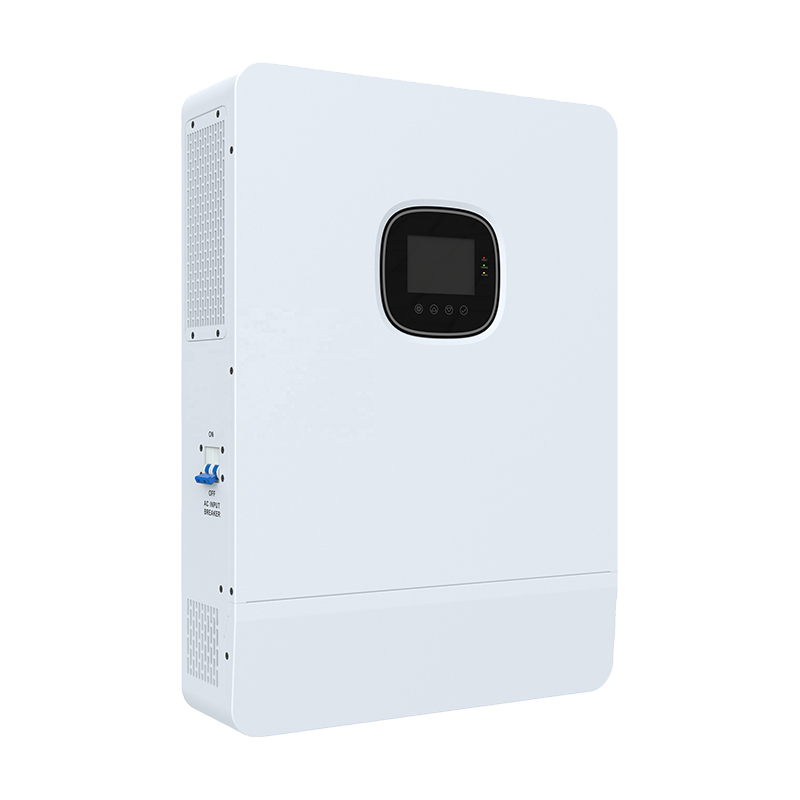
Understanding Parallel Inverters
Parallel inverters are used to increase the power output of a PV system by connecting multiple inverters together. This setup allows for higher capacity and better load management. However, when inverters are connected in parallel, they must work in unison to ensure the AC output is coherent and compatible with the grid or the connected load.
The Importance of Phase Synchronization
Phase synchronization is a critical aspect of operating parallel inverters. It refers to the process of aligning the phase angle, frequency, and amplitude of the AC output from each inverter to match the grid or a reference inverter. Without proper phase synchronization, the inverters may produce output that is out of phase with each other or with the grid, leading to several issues, including:
Voltage Fluctuations: Misaligned phases can cause voltage variations, which may damage connected equipment or reduce the efficiency of the system. Current Imbalance: Inadequate synchronization can lead to uneven current distribution among the inverters, causing some inverters to carry a heavier load than others. Grid Instability: If the inverters are not properly synchronized with the grid, they can introduce harmonic distortions and disrupt the overall power quality.Challenges in Phase Synchronization
Achieving phase synchronization in parallel inverters is not without its challenges. Some of the key issues include:
Frequency Matching: Inverters must operate at the same frequency as the grid or the reference inverter. Deviations in frequency can lead to phase misalignment. Phase Matching: The phase angle of each inverter’s output must be aligned to ensure coherent AC power. Dynamic Response: Inverters must respond quickly to changes in the grid or load conditions to maintain synchronization.Solutions for Phase Synchronization
To address the challenges of phase synchronization, modern inverters, such as those from Deye and SunGrow, incorporate advanced control algorithms and communication protocols. These technologies ensure that inverters operate in harmony, even when connected in parallel.
Digital Control and Communication: Modern inverters use digital control systems to monitor and adjust their output in real-time. Communication protocols, such as Modbus or CANbus, allow inverters to share information and coordinate their operations. This enables them to adjust their phase, frequency, and amplitude to maintain synchronization.
Lock-Phase Loop (PLL) Technology: Phase-Locked Loop (PLL) technology is commonly used in inverters to achieve phase synchronization. PLL ensures that the inverter’s output phase is locked to a reference signal, such as the grid voltage. This technology is highly effective in maintaining phase alignment, even under varying grid conditions.
Anti-Phase Locking: In some cases, inverters may inadvertently lock onto the wrong phase, leading to misalignment. Anti-phase locking mechanisms are implemented to detect and correct such issues, ensuring that all inverters remain in sync with the reference.
Dynamic Current Balancing: Advanced inverters can dynamically balance the current among parallel units, ensuring that each inverter shares the load evenly. This reduces the risk of overloading and enhances system reliability.
Benefits of Proper Phase Synchronization
Proper phase synchronization offers several benefits for parallel inverters, including:
Enhanced System Efficiency: When inverters are properly synchronized, the overall efficiency of the PV system is maximized, as each inverter operates at its optimal capacity. Improved Power Quality: Synchronized inverters produce a clean and stable AC output, minimizing harmonic distortions and voltage fluctuations. Extended Equipment Lifespan: By ensuring even current distribution and preventing overloading, phase synchronization helps extend the lifespan of the inverters and connected components.Phase synchronization is a critical aspect of operating parallel Deye/SunGrow inverters. It ensures that all inverters work in unison, providing a stable and efficient power output. With advanced control algorithms, digital communication, and technologies like PLL, modern inverters are capable of achieving and maintaining phase synchronization, even in challenging grid conditions. By understanding the importance of phase synchronization and leveraging the latest technologies, PV system designers and installers can ensure the optimal performance of their systems.

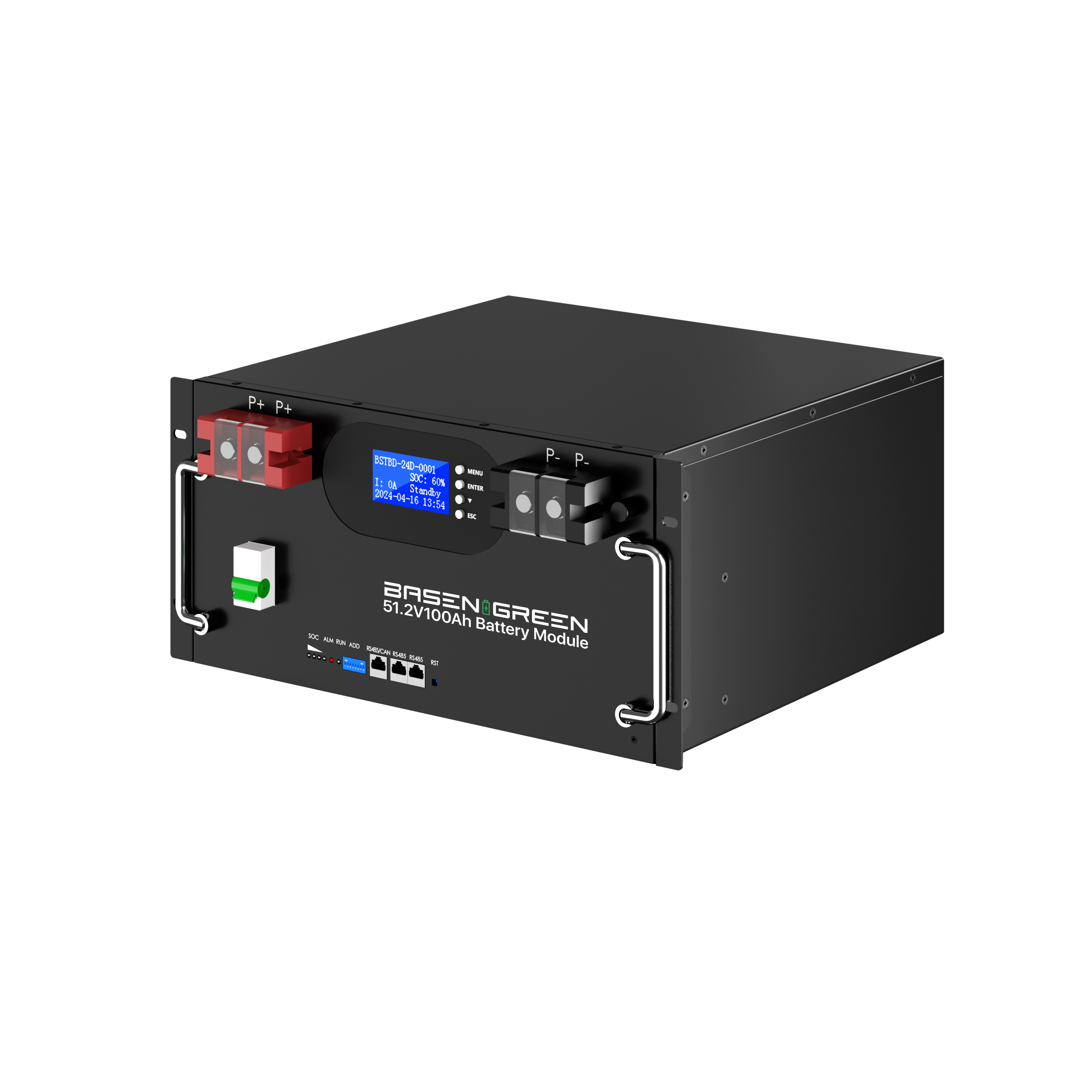
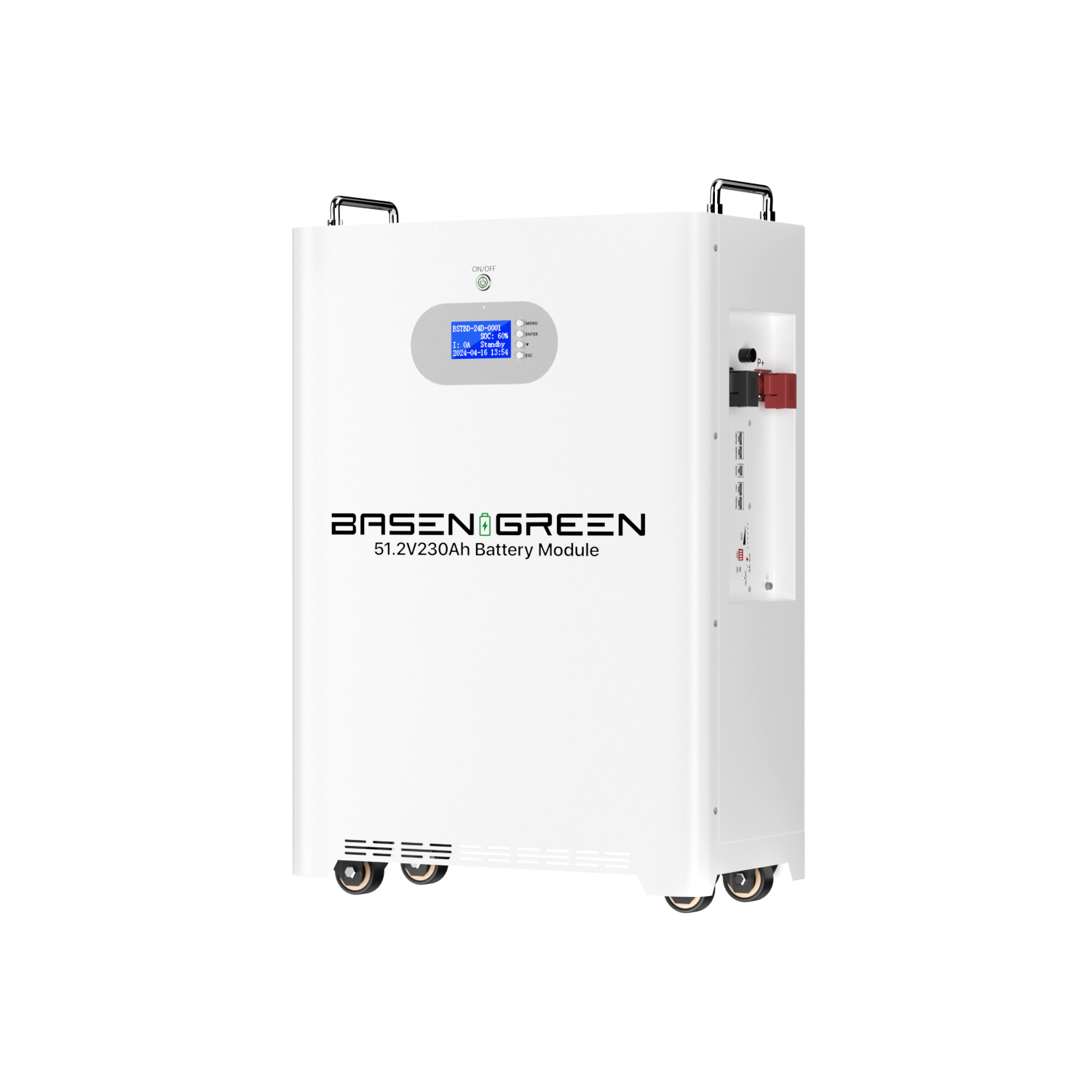
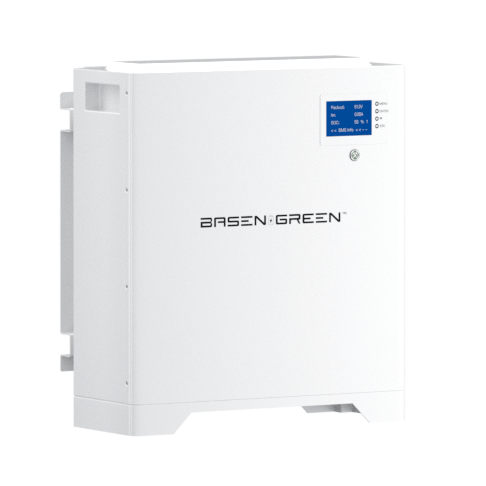
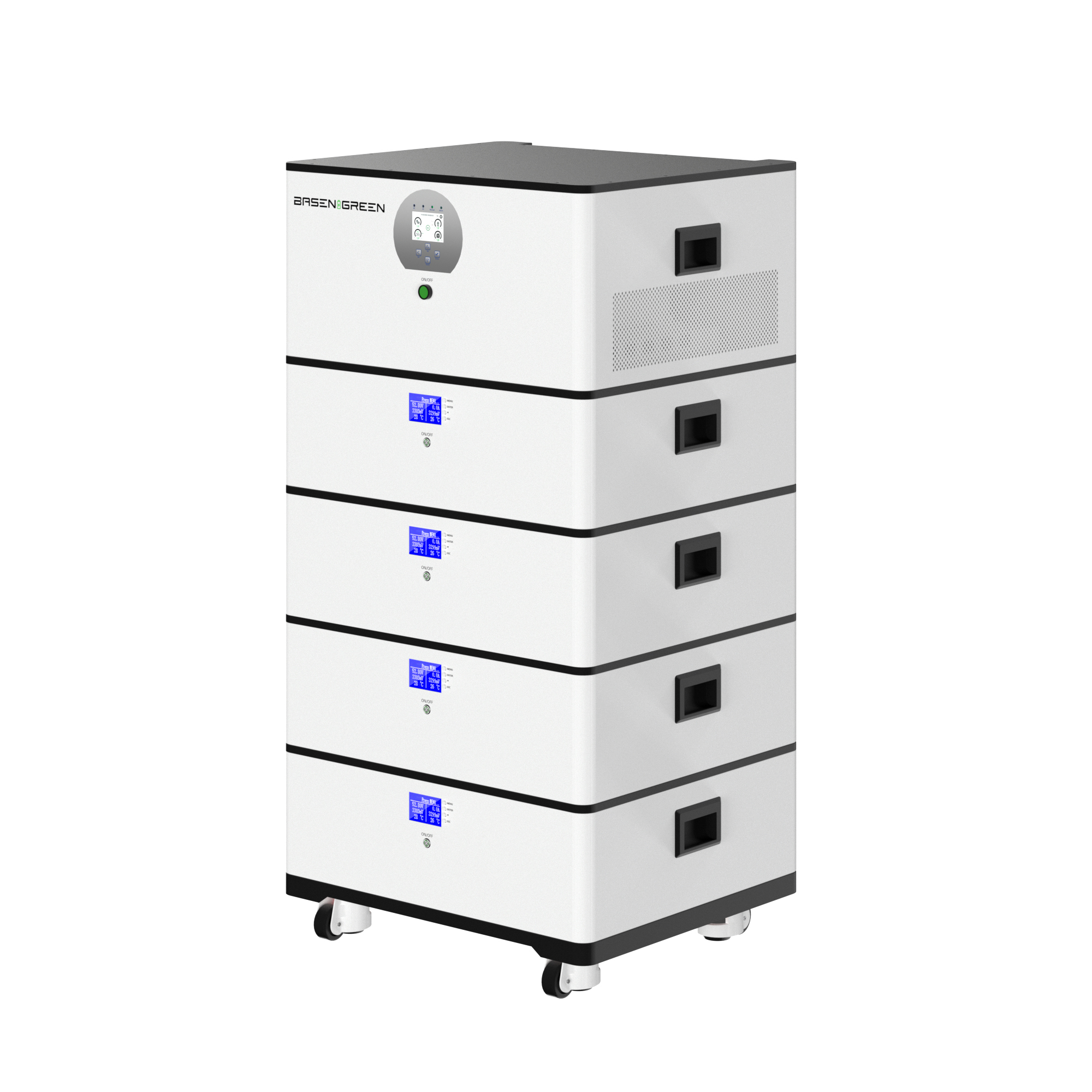

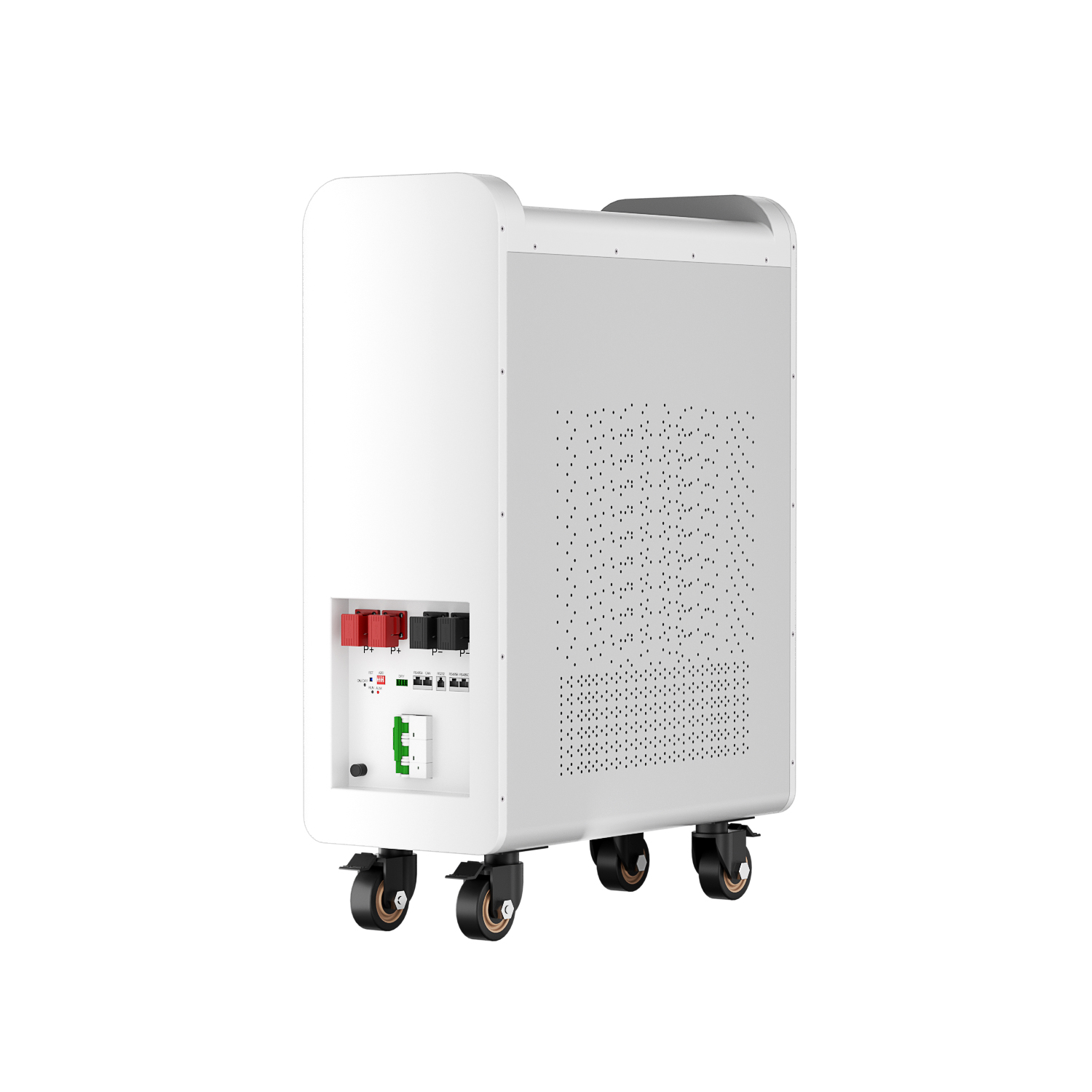
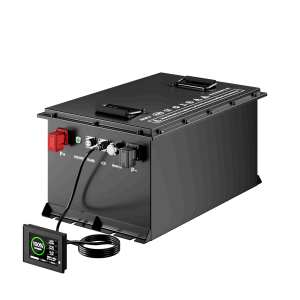
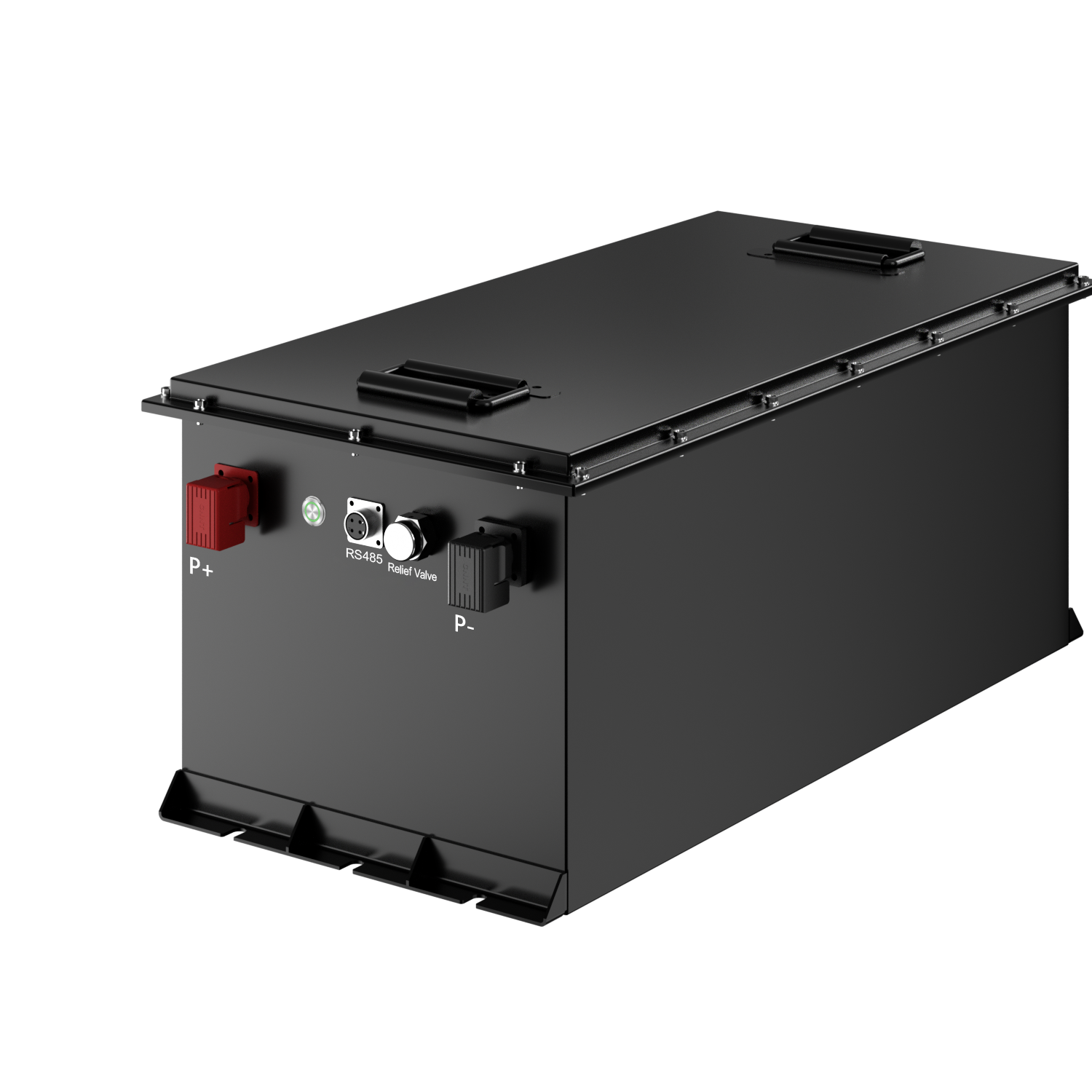
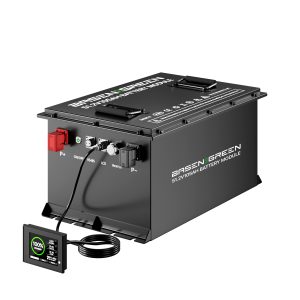
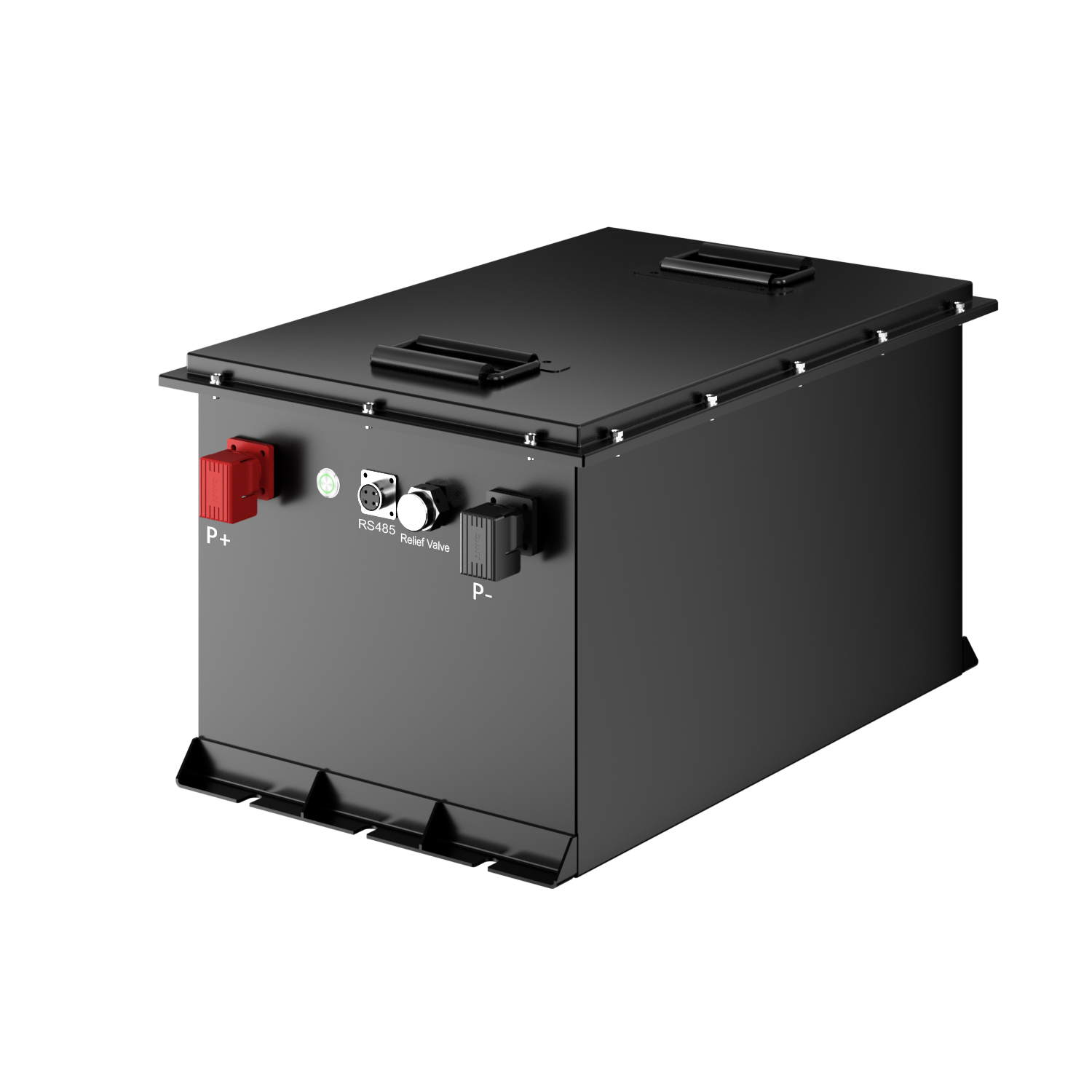
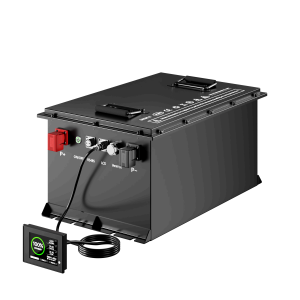
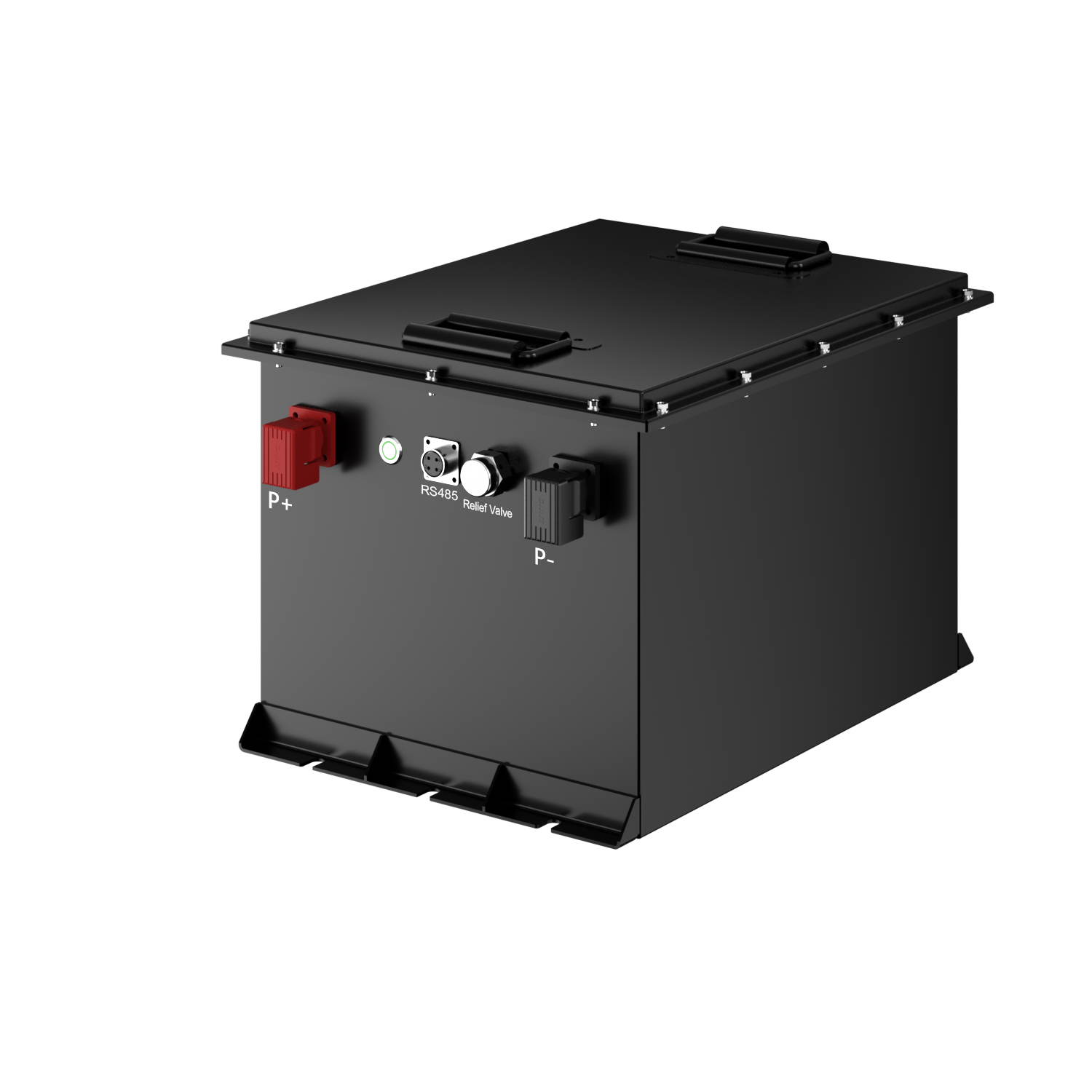
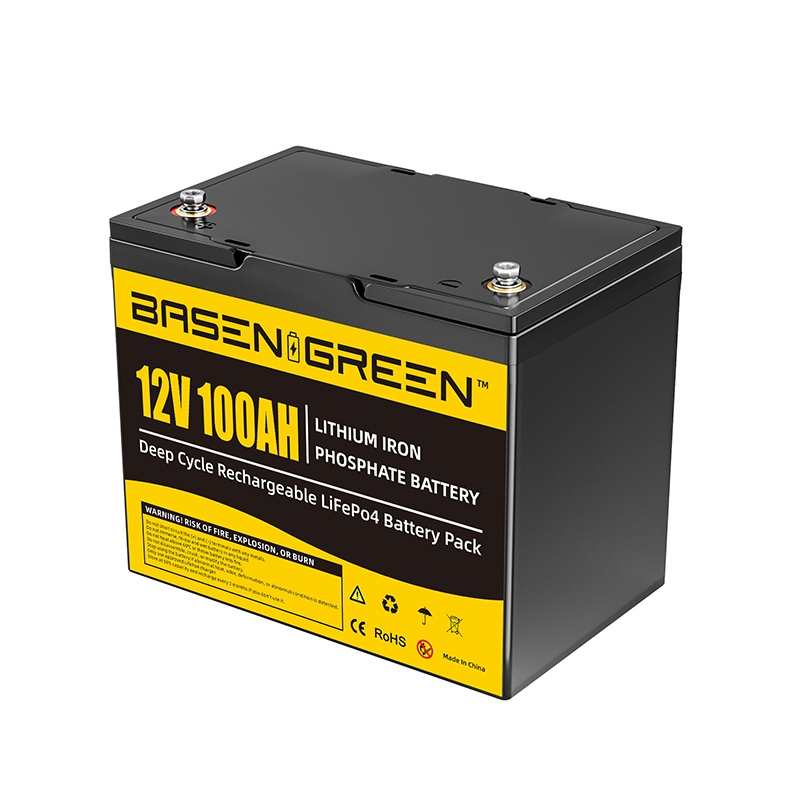

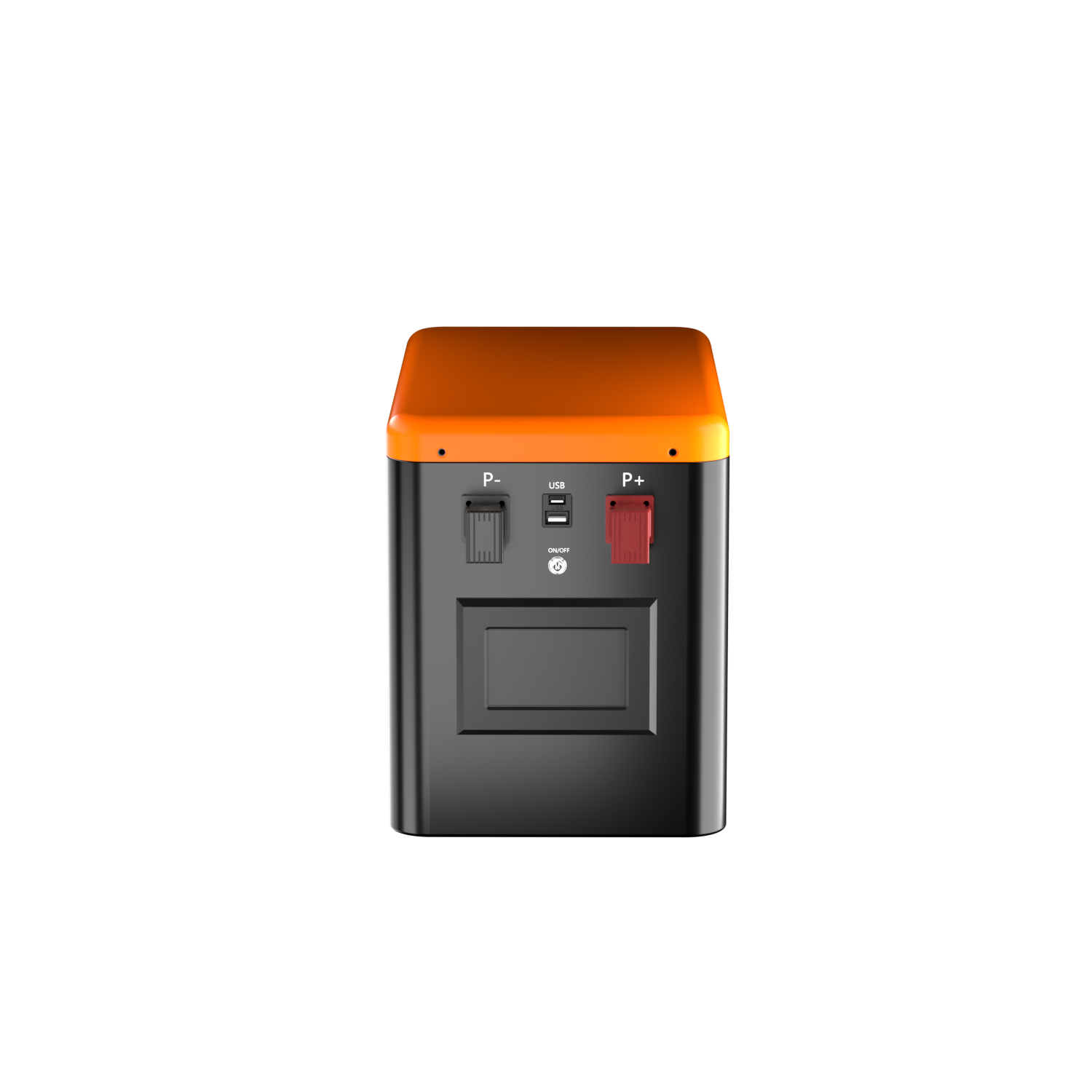
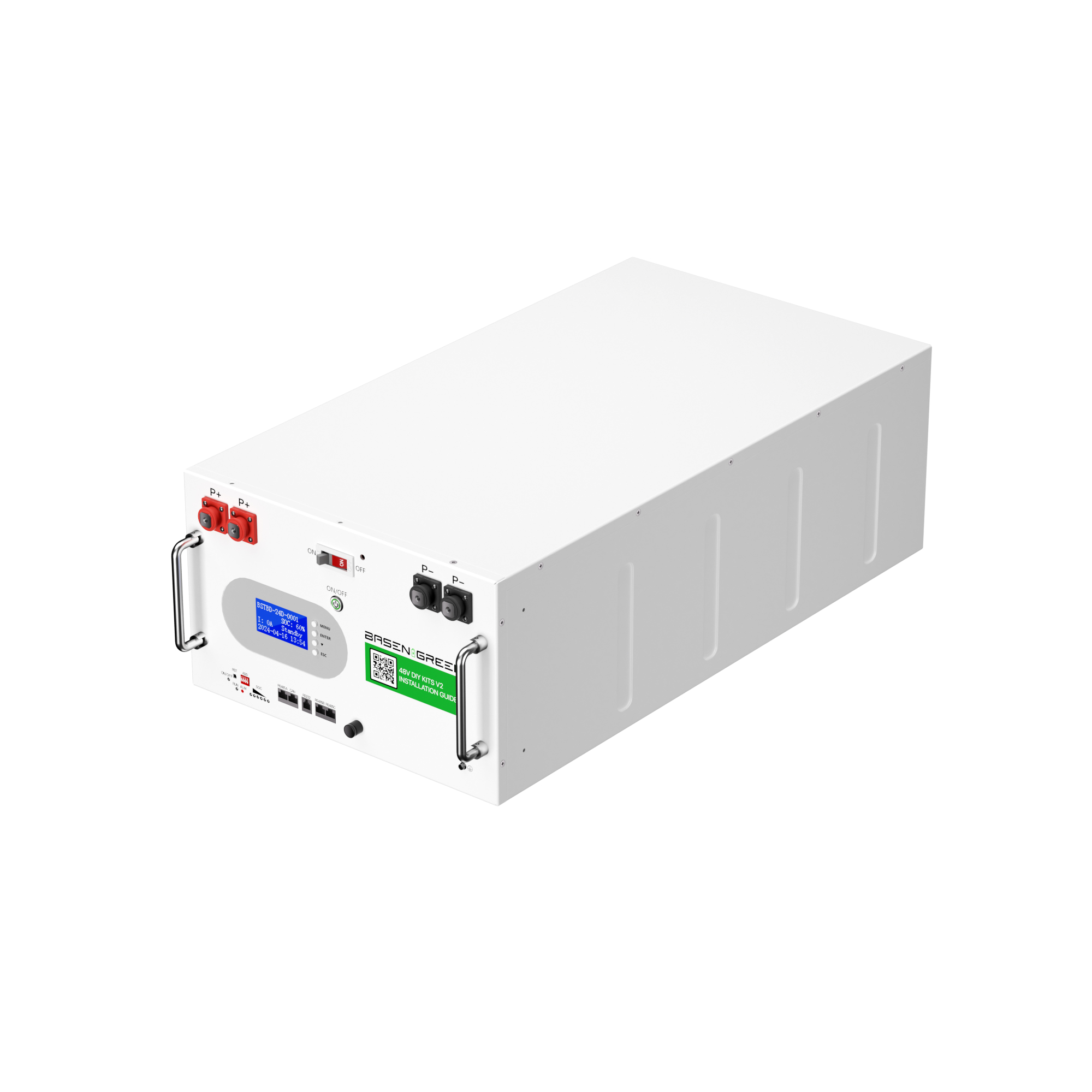
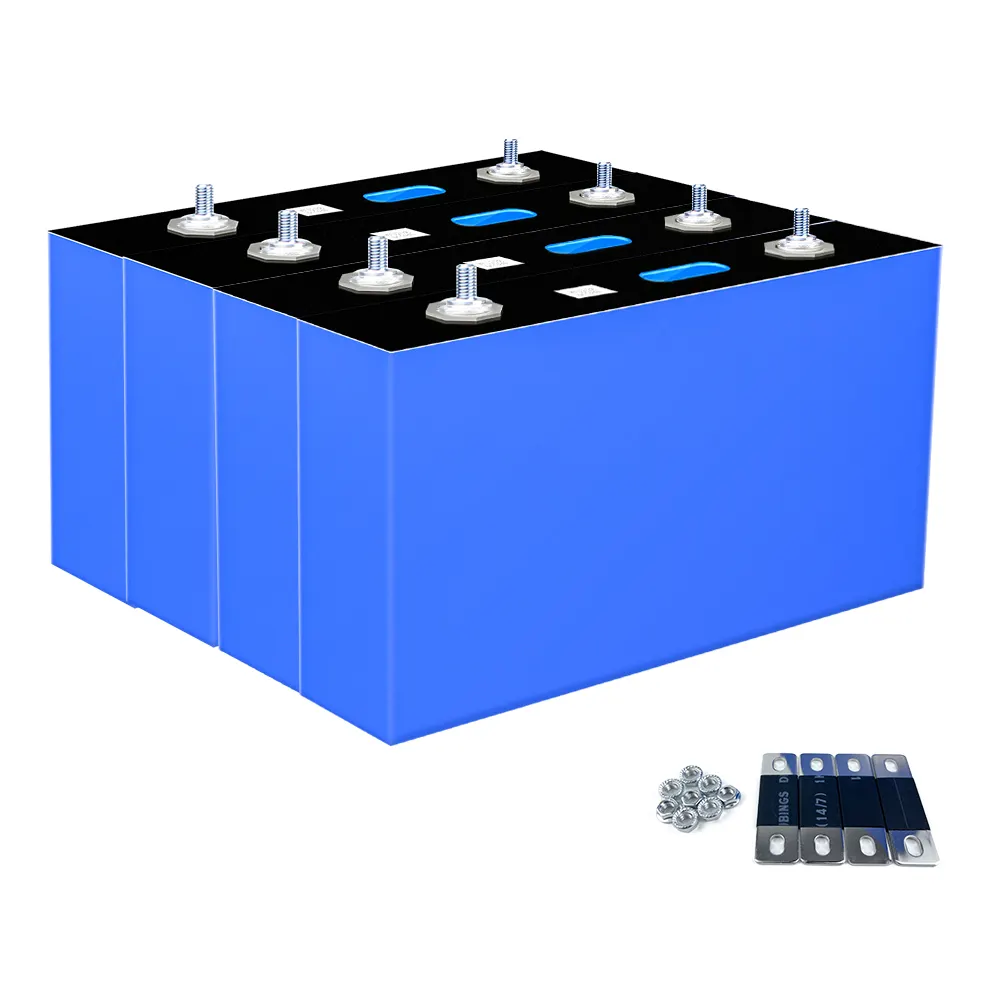
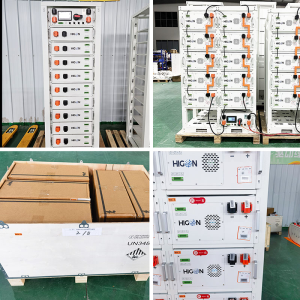
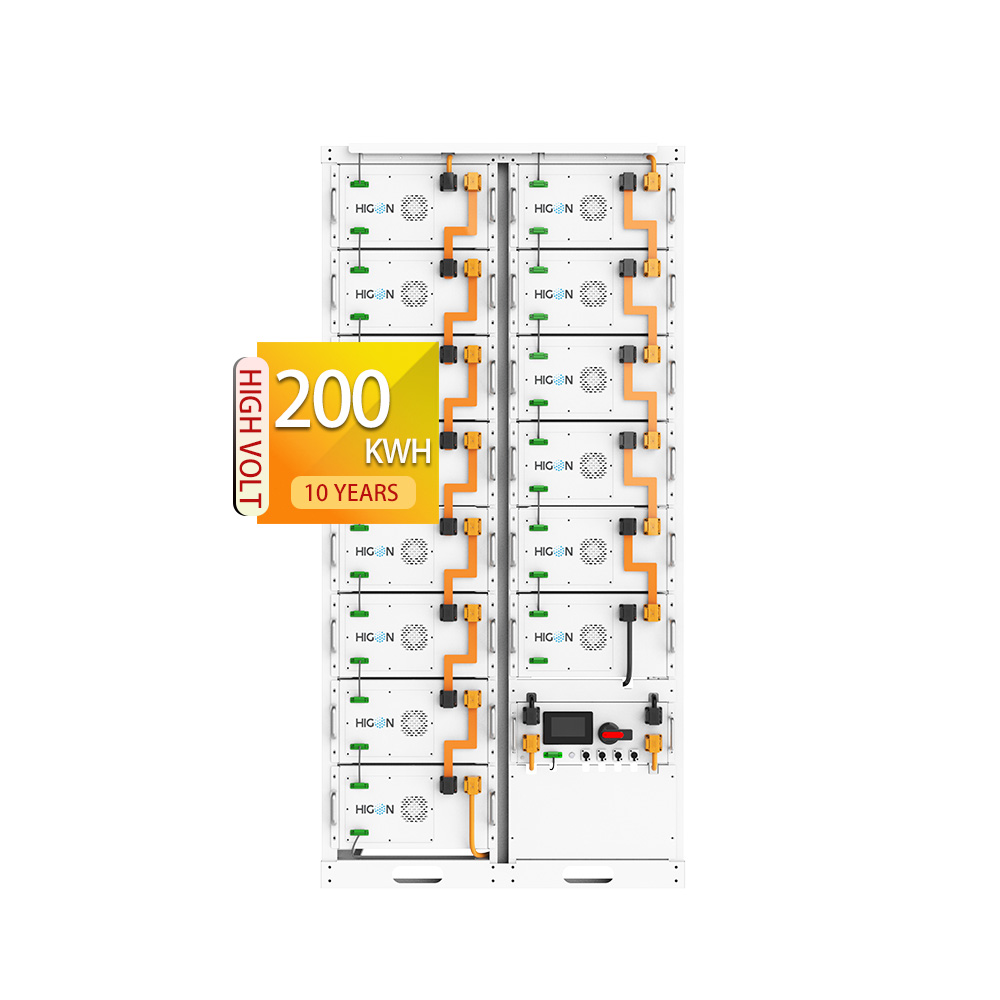
.png)